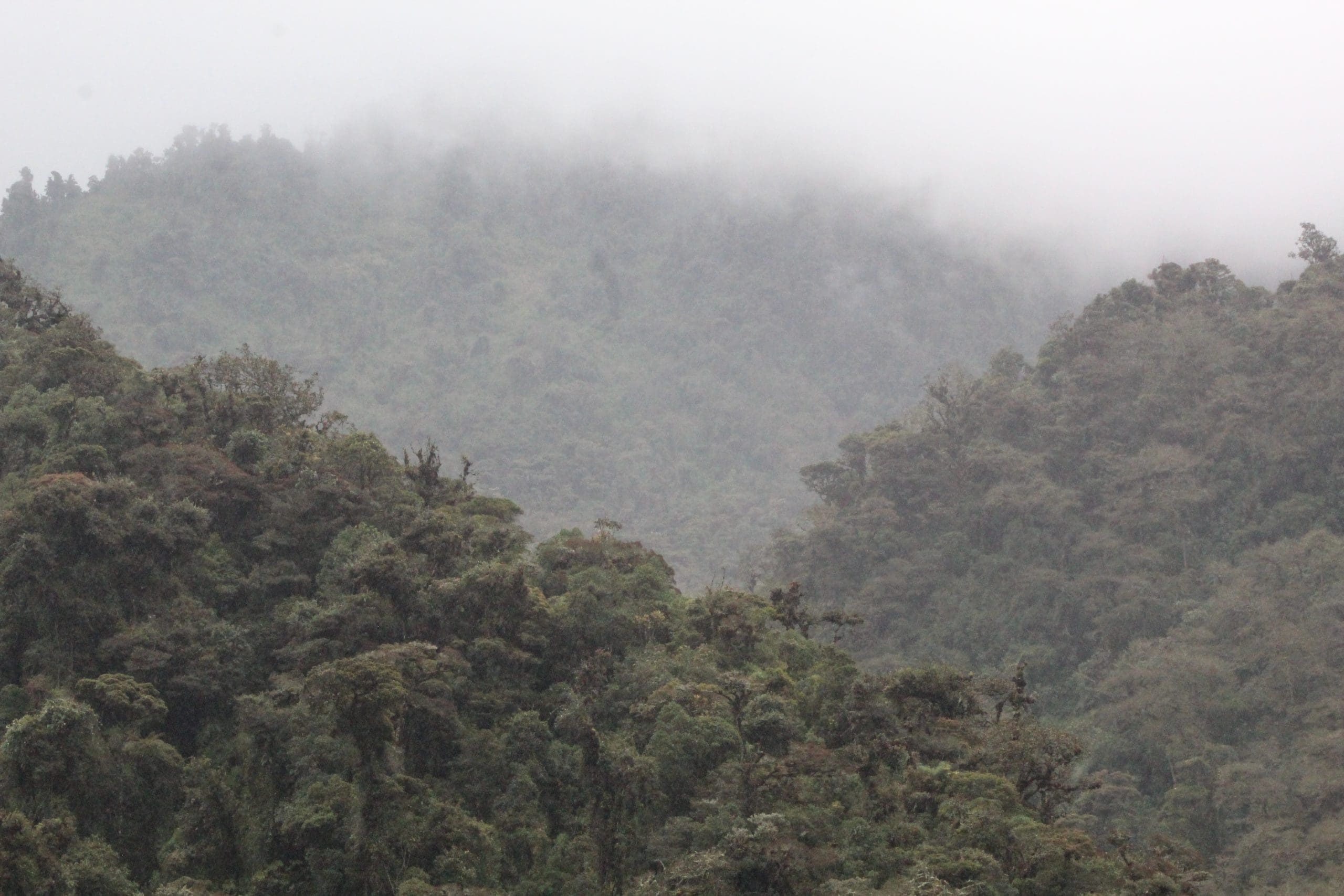How High Andean Polylepis Forests Feed The Amazon

Picture a string telephone with cups on both ends, the kind a child might use in a tree fort. On one end, the majestic Andes mountains reach for the sky, and on the other, the lush green Amazon Rainforest. These two places may seem worlds apart, but they’re connected through a stream of flowing water partially directed by the Polylepis trees perching atop the Andean mountain ranges.
How do these trees with gnarled branches and sturdy trunks, isolated on lofty mountains, contribute to the rivers of the Amazon? The answer lies in a watery journey that begins high above the clouds.
Imagine clouds drifting lazily across the sky, carrying droplets of water. As these clouds pass over the Andes, Polylepis forests sip from them like thirsty sponges — a process called interception. The excess water captured by high-Andean forests then trickles down the mountain slopes, following a gravity-guided path.
As the water descends, it joins forces with streams and rivers from melting snow and rainfall, creating a network of waterways that crisscross the Andes. These pathways, filled with fresh water, gather momentum and volume, and over many, many years, create valleys and canyons.
“The next time you marvel at the greenery of the Amazon, remember the workers behind the scenes — the high Andean Polylepis forests.”
When it reaches the foothills and lowlands of the Andes, the water, now enriched with minerals and nutrients from its mountainous journey, merges into larger rivers like the Madre de Dios and the Ucayali. These tributaries then direct mountain-born waters to blend seamlessly into the Amazon River, supplying it with fresh water and helping the rainforest ecosystem to thrive.
Polylepis forests may not appear as grand as the Amazonian tropical rainforests, but they are the unseen architects of Amazon rivers that help support many diverse species and ecosystems, representing another example of nature’s interconnection between two seemingly disconnected entities.
SOURCES: •PNAS •Science Direct